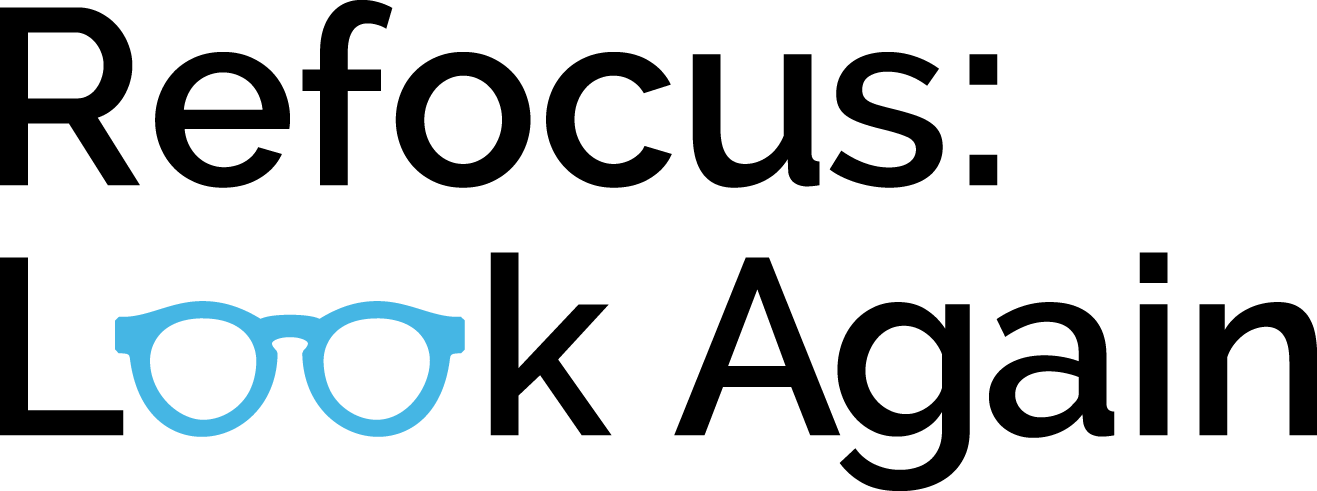Our unique campaign materials have sparked conversations in doctor's offices, libraries, coffee shops, and among family and friends. Click on any item below for ordering information.
Start a conversation in your community!
Your kits may include…
Limits may apply. For orders of multiple kits or bulk materials, please contact antistigma@onourownmd.org directly.
















